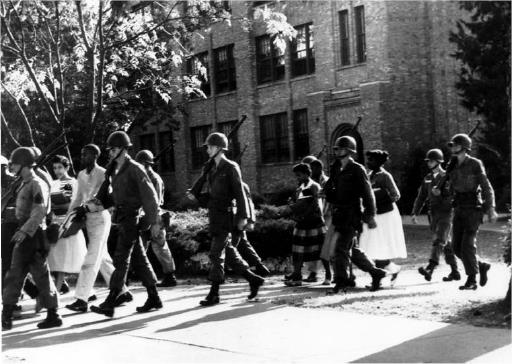Culture and RecreationEducation |
How has the U.S. separation of church and state affected the public schools? |
Religion in American public schools continued to be a hot topic throughout the 1900s. But the Supreme Court rulings in the middle of the twentieth century proved to have the most bearing on religious practices in state-supported schools. On June 17, 1963, in an eight-to-one ruling, the Supreme Court decided that prayer and Bible reading in U.S. public schools were unconstitutional. The decision, in the case of Schempp v. Abington Township, culminated a series of high court rulings over the course of almost 20 years, which gradually removed the practice of religious activities from public schools.
The rulings began in 1947 with the New Jersey case of Everson v. Board of Education, in which the court (in a five-to-four vote) defended the use of state funds to transport children to parochial schools, but warned that “a wall of separation between church and state” must be maintained. In 1948, in McCollum v. Board of Education, the court banned a program of religious instruction from the schools of Champaign, Illinois. In Engel v. Vitale (1962) the justices of the Supreme Court ruled that the state-composed prayer recited in New York classrooms was unconstitutional.

